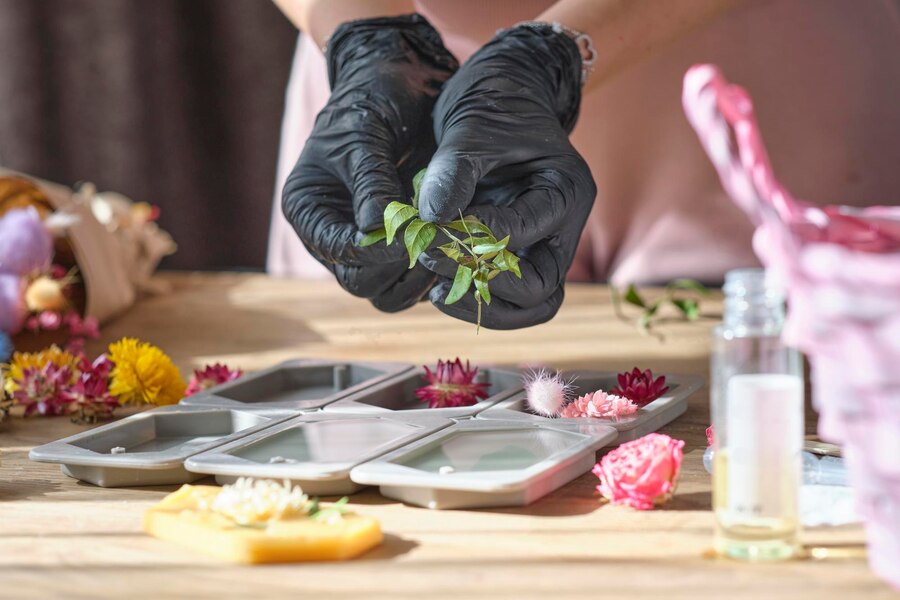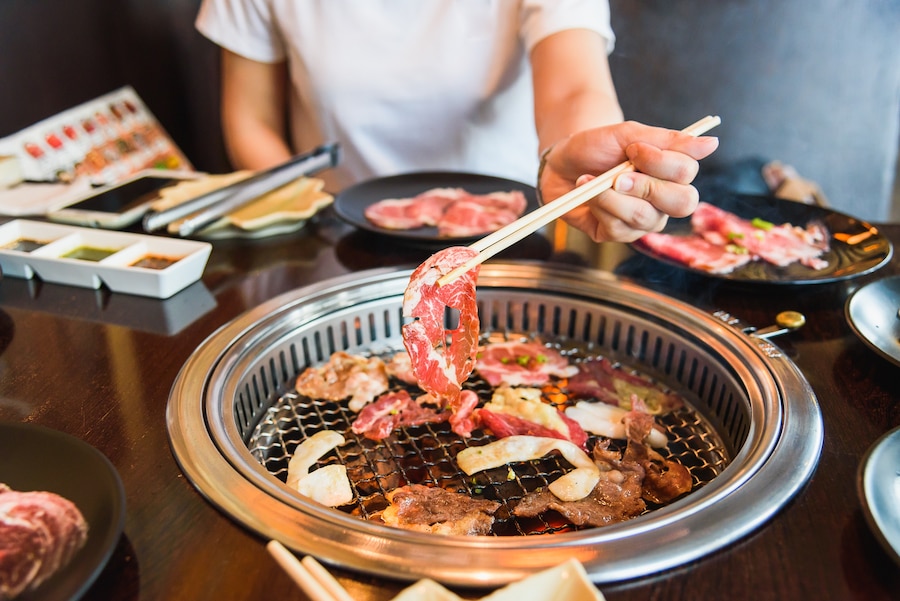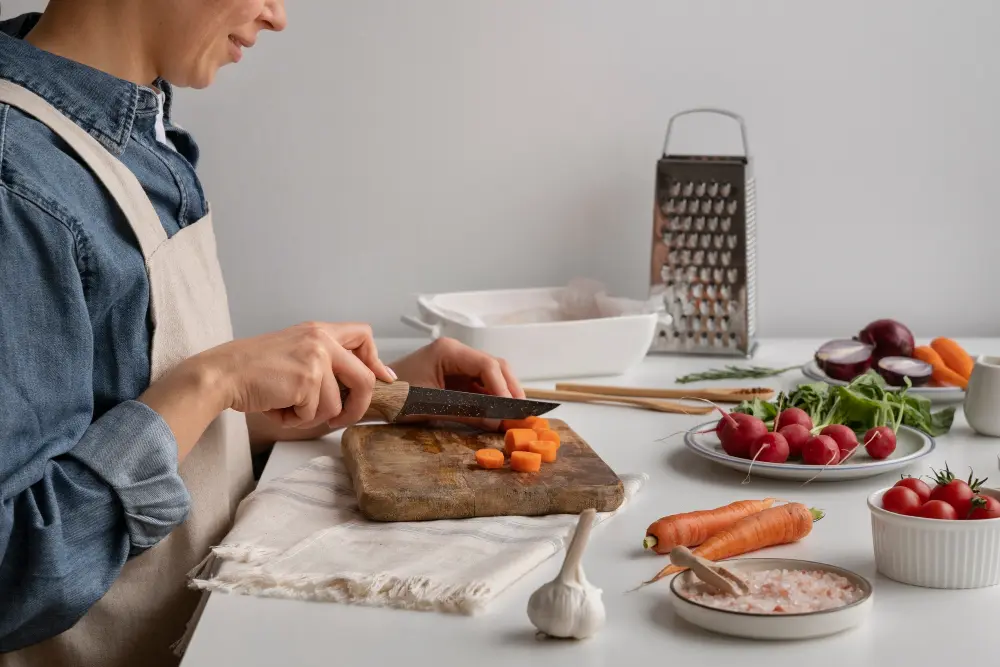Are you tired of the same old dining experience where someone else prepares your meal? If you’re looking for a unique and interactive culinary adventure, then a “restaurant where you cook your food” might be just what you need. In this comprehensive guide, we’ll delve into the world of these extraordinary dining establishments, exploring everything from the history and concept behind them to the best dishes you can try. So, let’s fire up those grills and stoke the hot pots as we embark on a gastronomic journey like no other!
What is a Restaurant Where You Cook Your Food?
A restaurant where you cook your food, often called a “DIY restaurant” or “cook-it-yourself eatery,” is a dining establishment where diners actively prepare their meals. This unique dining concept allows customers to become chefs, allowing them to select and cook their preferred ingredients.
Why Choose a DIY Restaurant?

DIY restaurants provide a one-of-a-kind dining experience that combines entertainment, social interaction, and culinary creativity. Here are some reasons why you might want to give it a try:
- Customization: You have complete control over the ingredients and cooking methods, ensuring your meal is perfectly prepared.
- Interactive Dining: It’s a fantastic way to bond with friends, family, or colleagues as you cook and dine together.
- Educational: Learn new cooking techniques and experiment with flavors under the guidance of skilled chefs.
- Adventure: Explore cuisines and dishes you might not find at traditional restaurants.
Now that we’ve got the basics covered, let’s dive deeper into the world of DIY restaurants.
A Brief History of DIY Restaurants
DIY dining has a rich history that spans cultures and centuries. While modern DIY restaurants may seem like a recent trend, they draw inspiration from various culinary traditions.
Ancient Origins
The roots of DIY dining can be traced back to ancient Asian cultures, where communal cooking and hot pot gatherings were common. In Japan, for instance, the “shabu-shabu” and “sukiyaki” traditions involved diners cooking thinly sliced meat and vegetables in simmering broth, fostering a sense of togetherness and shared experience.
European Influence
In Europe, the fondue concept gained popularity in the 18th century, where diners dipped bread into a communal pot of melted cheese. Similarly, raclette allowed Swiss diners to melt cheese and scrape it onto their plates. These early forms of DIY dining were all about interaction and friendliness.
Modern Resurgence
The resurgence of DIY restaurants in the modern era can be attributed to a desire for unique dining experiences. As people seek novelty and a break from traditional restaurant formats, DIY eateries have become a hot trend worldwide.
The DIY Experience: How It Works
So, how does a DIY restaurant operate? Let’s break it down:
- Reservation: Like any restaurant, you’ll need to make a reservation. DIY restaurants can get busy, so it’s a good idea to plan.
- Select Your Dish: Once seated, you’ll peruse the menu and choose your desired dishes. The fun begins here because you get to pick the ingredients and flavors that excite your taste buds.
- Cooking Station: Each table is equipped with its cooking station. Depending on the restaurant, this might be a grill, hot pot, or other specialized equipment.
- Guidance: Fear not if you’re not a culinary expert! Knowledgeable staff are on hand to guide and ensure your meal is delicious.
- Cook and Enjoy: Now, it’s time to roll up your sleeves and start cooking. Whether grilling marinated meats, simmering in a flavorful broth, or sizzling veggies, you’re in control.
- Savor the Moment: Enjoy the aroma and sizzle as your food cooks. It’s all part of the experience.
- Feast with Friends: Finally, share your creations with your dining companions. It’s a communal affair where everyone gets to enjoy their culinary masterpieces.
Must-Try Dishes at DIY Restaurants
The menu at a DIY restaurant is a treasure trove of delectable options. Here are some must-try dishes:

- Korean BBQ: Thinly sliced marinated meats sizzling on the grill, served with savory side dishes like kimchi and pickled radishes.
- Japanese Shabu-Shabu: Delicate slices of meat cooked in a bubbling pot of broth, paired with dipping sauces and fresh vegetables.
- Chinese Hot Pot: Choose from various broths and ingredients to cook at your table, with dipping sauces for added flavor.
- Fondue: Dive into a pot of melted cheese or chocolate, and dip bread, fruit, or other goodies for a delightful treat.
- Mongolian Grill: Create your stir-fry masterpiece by selecting your favorite proteins, vegetables, and sauces.
- DIY Tacos: Build your tacos with proteins, toppings, and salsas.
These are just a few examples, as DIY restaurants often draw inspiration from global cuisines, offering diverse choices to satisfy any palate.
Conclusion
For those knowledgeable in the culinary arts, the concept of a “cook-your-own-food” restaurant is an exciting and engaging dining option. These unique establishments provide a distinctive experience unparalleled in the world of food. Whether commemorating a special event, enjoying a night out with friends, or simply seeking a new gastronomic adventure, these eateries offer an excellent opportunity to showcase your culinary skills. Why not slip into the chef’s apron, ignite the stove, and relish preparing your delicious meal at one of these exceptional restaurants? Don’t let the chance to create unforgettable dining moments at a DIY restaurant near you pass you by!
FAQs
Can I bring my ingredients to a DIY restaurant?
Most DIY restaurants prefer you to choose from their menu options to maintain quality and safety standards. However, it’s always a good idea to check with the restaurant in advance if you have dietary restrictions.
How do I know when my food is cooked perfectly?
The staff at DIY restaurants are experts and will guide you on cooking times and techniques. Additionally, many restaurants provide timers and guidelines to help you achieve culinary perfection.
Are DIY restaurants more expensive than traditional restaurants?
Prices can vary, but DIY restaurants often provide great value considering the interactive experience and the quality of ingredients offered.
Can I host special events or parties at a DIY restaurant?
Absolutely! Many DIY restaurants accommodate group reservations and private events, making them a fantastic choice for celebrations and gatherings.

